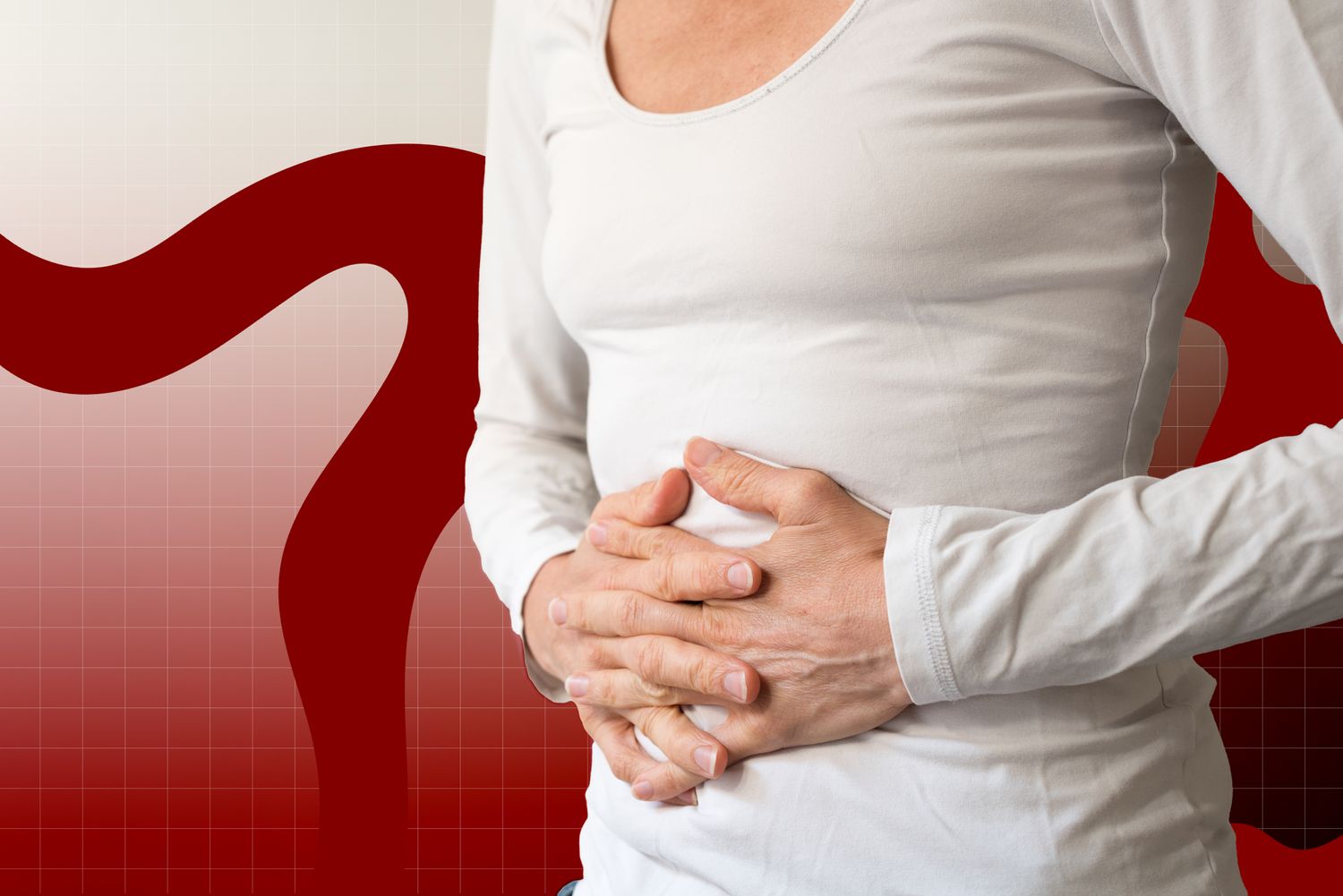Blog
When It Comes to Food Poisoning, These 3 Foods Are the Worst Offenders, Experts Say

- Cooked grains like rice and pasta can grow harmful bacteria if you don’t cool and store them quickly.
- Raw meats, chicken and fish can spread germs fast, so be sure to keep them cold and don’t let them touch other foods.
- Even “prewashed” lettuce may still carry dirt and bacteria, so rinsing it again is always a smart move.
When you think of kitchen-related hazards, the first things to come to mind are probably sharp knives and hot surfaces. But the six food safety experts EatingWell spoke with say it’s the foods you prepare and consume every day that can pose the highest risks. The top three categories they named were cooked grains, raw proteins and prewashed leafy greens. Learn why these foods require extra caution—plus, tips to help you avoid foodborne illness.
1. Cooked Grains
According to NYC food protection certified executive chef Samuel-Drake Jones of Hudson VU, cooked grains are a surprisingly common source of Bacillus cereus—a toxin-producing bacterium found in starchy foods like rice, pasta and oats. “It’s not that grains are inherently more dangerous or carry more bacteria compared to something like raw meat—the real issue is around improper food handling,” Jones explains. “Let’s take quinoa, for example: if you make a big pot of it, pack the hot leftovers in a container and put that directly in the fridge, the center of the quinoa won’t cool down quickly. Instead, it will stay warm—between 140°F and 40°F—for way too long. That temperature range is the danger zone and creates an environment where bacteria thrive in cooked grains.”
To help avoid this problem, Jones recommends spreading grains on a large plate or tray to evenly disperse the heat before transferring them into a food storage container and placing them in the refrigerator. You could also do what chef and certified food safety expert Carla Contreras does, and use a table fan to speed up the process. “Waiting for things to cool to room temperature takes time,” says Contreras. “An easy way that I do this is by keeping a fan in the kitchen. I pull it up to the table, and my food cools down in no time.”
2. Raw Proteins
Handling raw proteins—like red meat, chicken, fish and eggs—with care is essential for reducing cross-contamination and potential foodborne illness. “Harmful bacteria thrive on protein-rich foods,” says Nicole Garrison, IFT food scientist, certified food safety expert and owner of Bonne Vivant Nutrition. “If those protein-rich foods are poorly handled, be it unsanitary conditions in the butchering or preparation of the food or temperature abuse, the possibility of becoming sick from those foods increases.”
When transporting raw proteins home from the grocery store, Garrison says it’s a good idea to pack them in a cooler filled with ice in order to keep them out of the temperature range that bacteria thrive in. The USDA Food Safety and Inspection Service states that raw proteins left in the danger temperature zone can double in bacteria in as little as 20 minutes, and says that these foods should always be stored at or under 40°F and should never be left out of refrigeration for more than 2 hours.
Proper handling of raw proteins is also critical for avoiding foodborne illness, as the bacteria they harbor are easily spread. “It’s important to take care when handling raw meat, as it can potentially carry salmonella or E. coli,” explains Eric Rowse, lead chef-instructor and certified food safety manager at the Institute of Culinary Education. He also says to use gloves or serving tongs for handling and never to wash meats or poultry. “This is an old ‘technique’ to make it safer, but in reality, you’re increasing your risk because you may be splashing bacteria around your kitchen.” However, Rowse adds that raw shellfish is the exception, as foods like clams and mussels are filter feeders picking up potentially harmful organic matter that often gets stuck in their shells.
3. Prepackaged Greens
It might seem safe enough to serve prewashed packaged lettuces right out of the bag, but according to Mary FitzGerald, founder of Safe & Sound Food Safety Consultants, they’re not always as clean as labels imply. “I experimented with a chef by adding pre-cut, prewashed lettuce into a clear container and filling it with water. We moved the lettuce around, then removed the lettuce and examined the leftover water. What remained was gray and in some cases, sandy.” She also notes that many produce houses use recycled water to rinse greens and often do an incomplete job, which is why washing prepackaged greens—whether they say triple-washed or not—is essential for avoiding contaminants.
And this goes for most produce, as nearly all fruits and vegetables carry residues from pesticides, bacteria and other potentially harmful matter. “I’m always cautious when handling fresh produce, especially leafy greens,” says Sara Bratager, senior food safety and traceability scientist at IFT’s Global Food Traceability Center. Bratager says she washes produce to remove surface bacteria before doing anything else. “Once you cut into fruits or vegetables, any bacteria on the surface can be transferred to the inside and onto your cutting board or other utensils, which is why washing before further handling is so important.” Rinsing, scrubbing and soaking produce in a vinegar solution are all good methods that can help reduce your risk of contamination.
Our Expert Take
Adhering to the advice provided by food safety experts will reduce your risk of developing foodborne illness. Remember to keep foods at the recommended temperatures, cool leftovers before storing, rinse foods like leafy greens and shellfish before consuming and maintain clean hands and work tools and spaces.











